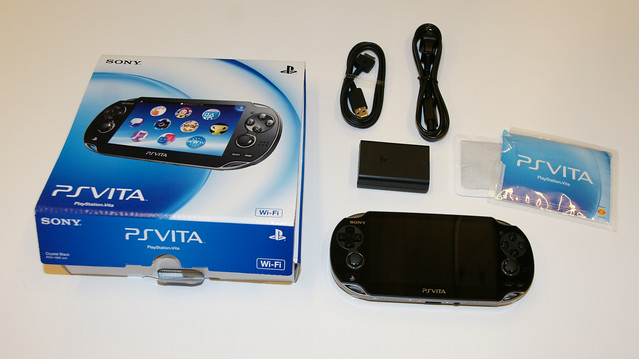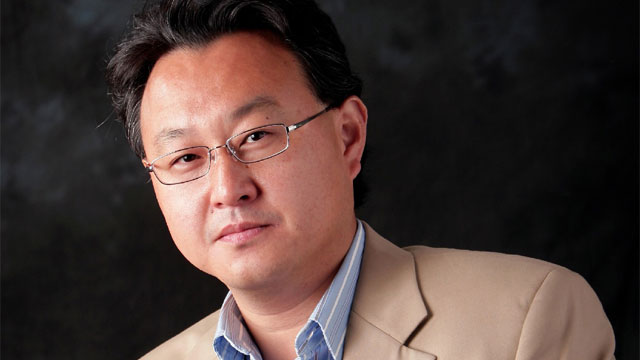As you may have seen from the photo story posted earlier in the week, I attended the Japanese launch of PlayStation Vita. It wasn’t all gaming and bento boxes: I used the time to catch up with as many senior colleagues and game developers as I could. You can look forward to full interviews in the run up to February 22nd’s North American Vita launch day, but in the meantime, here are five things that I didn’t know about PS Vita before, but do now.
- What’s included in the box
- PS Vita was designed by the same person as the original Walkman
- PlayStation Vita is designed by game developers, for game developers
- Welcome Park is your introduction to all the key features and it includes trophies
- Gravity Rush has the same game director as Siren: Blood Curse
Bear in mind that this is a Japanese model and the actual contents may vary, such as the North American model also including six AR Play Cards.
We had the chance to speak to Mr. Takashi Sogabe of the Sony Corporate Design Centre, the team responsible for the look and feel of PlayStation Vita, for what turned out to be an interesting hour. It turned out that Mr. Sogabe has 27 years of experience with the company and designed the original Walkman.
He revealed that the team went through various designs, including one with a sliding back like PSPgo and a clamshell, before settling on the final model after discussion with developers. He also said that he originally wanted the exterior to be entirely metallic but that proved impossible due to the antennae required for the Wi-Fi and 3G connections.
The biggest surprise came when he pulled three prototype machines from his bag (I wasn’t allowed to take any photos but I did try!) One of them featured touch pads in place of the dual analog sticks and Mr. Sogabe told me that the sticks were decided on in the end because they provided the most accurate controls.
A full interview with Mr. Sogabe will be posted in the new year.
We’ve heard developers say that PS Vita is a joy to make games for, but how is it different to other systems out there? Is it the hardware itself, the SDK, the support structure or something else entirely?
President of Worldwide Studios Shuhei Yoshida shed some light on this during our interview.
“When Kaz Hirai took over management of SCEI,” he explained, “he brought in the approach of fully integrating software and hardware development. Before that, we made brilliant hardware, no question of that, but our hardware team didn’t have such a good understanding of what game developers need or what features might be useful.”
“[With PS Vita] we [Worldwide Studios] were there right at the beginning to express our thoughts and reactions to the hardware that was being proposed. We were there at every stage and with every prototype, and we developed game builds to prove and, sometimes, disprove how each new feature was going to make for a great game system.”
One of the first things you’re likely to play on your new PS Vita is Welcome Park. It has been designed by members of Japan Studio who also worked on Hot Shots Golf and, while its main purpose is to introduce features such as touch controls and the cameras, it does so through minigames that are surprisingly deep.
They include Digit Chase, a front touch game where you have to tap number in sequence (tougher than it sounds); Snap + Slide, which generates tile sliding puzzles from photos you take; and Sound Loop, a simple but excellent synthesizer that lets you record sounds using the built-in microphone and loop them against a variety of pre-recorded beats.
Welcome Park also has its own Trophies: one gold, one silver and 11 bronze.
We haven’t posted much about Gravity Rush, the cel-shaded action adventure coming exclusively to PlayStation Vita, but that’s going to change in the new year after I played it and found it to be one of the most interesting new titles on the handheld. I also spoke with the game’s director, Keiichiro Toyama, and discovered not only that he worked on PS3 horror Siren: Blood Curse, but that his greatest inspiration for Gravity Daze is the comics of Jean Giraud, AKA Moebius. Here’s a trailer.














Comments are closed.
68 Comments
Loading More Comments